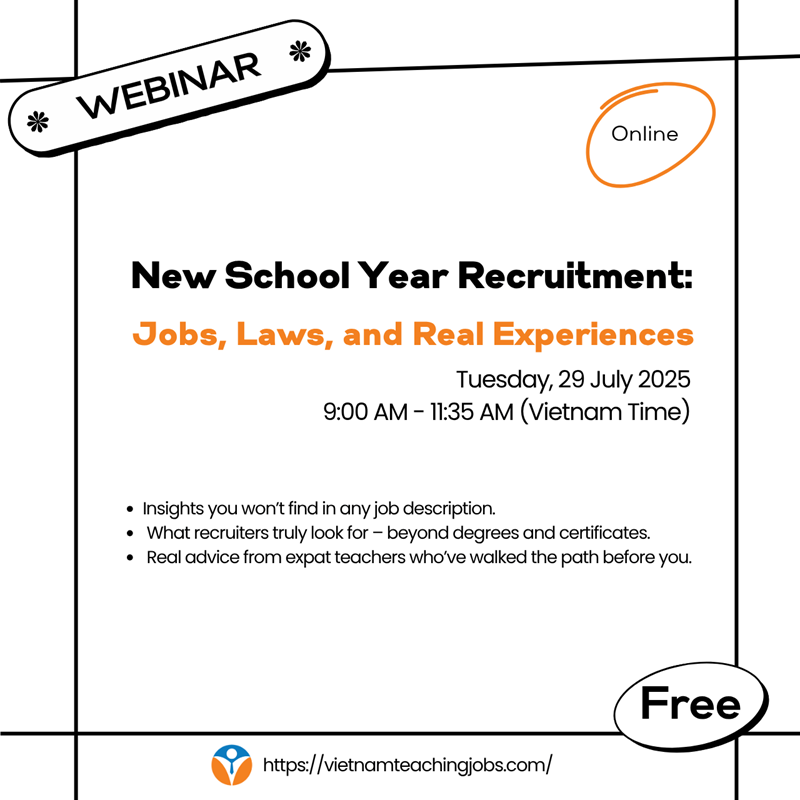


Understanding teacher strengths and weaknesses is crucial for professional development and interview success. From creating inclusive classroom environments to managing technological challenges, teachers must recognize their capabilities and areas for improvement. This comprehensive guide explores practical examples of teacher strengths and weaknesses, providing valuable insights for both experienced educators and teaching candidates to effectively present themselves in professional settings.

Employers often ask about a candidate’s strengths and weaknesses during an interview to gain insight into their personality, work style, and overall fit for the job.
Asking about strengths allows employers to learn about the candidate’s skills, experience, and areas where they excel. This information helps employers determine whether the candidate has the necessary qualifications for the position and whether they would be a good fit for the company culture.

Asking about weaknesses allows employers to learn about areas where the candidate may need additional training or support. This information helps employers identify potential challenges or areas where the candidate may struggle in the job, and whether the candidate is self-aware and proactive about addressing their weaknesses.
Overall, asking about strengths and weaknesses during an interview is a common way for employers to assess a candidate’s fit for the job and determine whether they are the right candidate for the position.
Explore More Interview Tips: 20+ Common teaching job interview questions & answers

Identifying your strengths and weaknesses is an essential aspect of career development. Understanding your strengths can help you maximize your potential and focus on areas where you can excel while identifying your weaknesses can help you develop strategies for improvement. Here are two techniques that can help you identify your strengths and weaknesses:
Take some time to reflect on your experiences and skills. Think about the tasks that you have performed well in the past and the ones that you found challenging. Make a list of your skills and abilities, as well as the areas where you feel you could improve. Consider what motivates you and what you are passionate about.
The STAR technique is a helpful tool for identifying your strengths and weaknesses in a structured way. STAR stands for Situation, Task, Action, and Result. When answering interview questions, use the STAR technique to provide specific examples of situations where you demonstrated your strengths and areas where you struggled. For example, when asked about a challenging project, describe the situation, the task you were assigned, the actions you took, and the results you achieved. This will help you identify both your strengths and areas for improvement.
By identifying your strengths and weaknesses, you can develop a better understanding of yourself and your potential. This information can also help you in interviews and job applications by allowing you to highlight your strengths and address areas where you may need to improve.
Discover Related Guides: Why do you want to work at this school? 10 Sample answers

“My greatest strength as a teacher is my ability to create a positive and inclusive classroom environment. I believe that every student deserves to feel valued and respected in the classroom, and I work hard to establish a sense of community among my students. I use a variety of strategies, such as collaborative learning and student-led discussions, to encourage all students to participate and contribute. I also make sure to acknowledge and celebrate the diversity of backgrounds and experiences that my students bring to the classroom. By creating a welcoming and supportive atmosphere, I believe that I am able to help my students feel more confident and motivated to learn.”
“My greatest strength as a teacher is my ability to differentiate instruction to meet the needs of all learners. I firmly believe that every student has the potential to learn and succeed, but they all have different learning styles and needs. Therefore, I always assess the abilities and needs of my students and then create lessons that are tailored to their individual learning styles. I also provide students with different opportunities to show what they have learned, such as through group work, independent projects, and presentations. This approach has helped me to create a classroom environment where every student feels supported and engaged in their learning.”
“I believe my greatest strength as a teacher is my strong communication skills. I have the ability to clearly and effectively communicate with students, parents, and other staff members. I make sure that I am always available to answer questions and provide feedback to students and parents. I also believe that open communication is essential in creating a positive and supportive classroom environment. I regularly communicate with parents about their child’s progress, both academically and behaviorally, and involve them in their child’s learning journey. Additionally, I have found that clear communication with my colleagues helps me to collaborate more effectively with them and ultimately benefit our students.”
“My greatest strength as a teacher is my passion for learning and teaching. I truly believe that education is the key to a successful future, and I am committed to helping my students achieve their full potential. I bring enthusiasm and energy to my classroom every day and strive to create a positive and welcoming learning environment. I am always seeking new and innovative teaching strategies and am open to feedback from my colleagues and students. I believe that my passion for teaching and learning inspires my students to love learning as well and to strive for success.”
“One of my greatest strengths as a teacher is my ability to be flexible and adaptable. Teaching is an ever-changing profession, and it’s important to be able to adjust to new situations and challenges. Whether it’s changing the lesson plan to better meet the needs of students, or adapting to new technology, I am always willing to learn and try new things.”
“My greatest strength as a teacher is my creativity. I believe that creativity is a crucial element in helping students learn and retain new information. As an English teacher, I enjoy creating interactive and engaging lessons that incorporate various forms of media, such as videos, images, and music. For example, I once created a lesson on descriptive writing where I asked my students to describe a picture of a cityscape using all of their senses. To make it more engaging, I played a soundscape of the city and provided various scents for them to smell. This approach not only helped them to develop their writing skills, but it also made the lesson memorable and enjoyable for them.
Additionally, I am always open to feedback and new ideas from my colleagues and students. I believe that collaboration and brainstorming can lead to innovative and effective teaching methods. I have also found that by incorporating my students’ interests and cultural backgrounds into my lessons, I can make the material more relatable and engaging for them. Overall, I believe that my creativity as a teacher allows me to create a positive and dynamic learning environment for my students.”
Continue Learning: 40+ ESL Teacher Interview Questions & Answers

“One of my weaknesses is that I tend to take on too many tasks at once. I have a strong work ethic and am eager to contribute as much as possible, but sometimes I struggle with prioritizing tasks and end up spreading myself too thin. However, I am aware of this weakness and have been actively working on improving my time management skills. I have started using a prioritization matrix to better organize my tasks and have also learned to delegate responsibilities to others when necessary. I believe that by continuing to focus on my time management skills, I can become a more effective teacher and team member.”
“One weakness I’ve noticed is that I can be too focused on achieving perfection in everything I do, which can sometimes lead to spending too much time on a task and not being as efficient as I could be. However, I’ve been working on addressing this weakness by setting more realistic expectations for myself and prioritizing tasks based on their importance and deadline. I’ve also learned to seek feedback from colleagues and supervisors to help me recognize when something is good enough and move on to other tasks.”
“I believe my greatest weakness is that I struggle with technology at times. As a teacher, I know that technology is becoming increasingly important in the classroom, and I recognize that I need to continue to improve my skills in this area. I have taken steps to address this weakness by attending workshops and online training courses to develop my proficiency in using technology for educational purposes. Additionally, I have sought assistance from colleagues who are more experienced in this area. I am committed to continuously improving my technology skills and I believe that this weakness is something I can overcome with effort and dedication.”
Read more: The average salary for teaching English in Vietnam in 2025
“One weakness I have as a teaching assistant is that I sometimes struggle with time management. With a lot of responsibilities to juggle, such as grading papers, assisting with lesson planning, and helping students, I sometimes find it difficult to prioritize tasks and manage my time effectively. However, I am aware of this weakness and have been working on improving my time management skills by using tools such as to-do lists and prioritizing tasks based on their level of importance and urgency. I also make sure to communicate with the lead teacher to ensure that I am meeting their expectations and fulfilling my responsibilities within the allocated time frame.”
In conclusion, recognizing your teacher strengths and weaknesses is essential for your growth and development as an educator. It’s important to approach interview questions about weaknesses with honesty, humility, and a willingness to learn and improve. By acknowledging your weaknesses and demonstrating your efforts to address them, you can show interviewers that you are committed to providing the best possible learning experience for your students. With a clear understanding of your strengths and weaknesses, you can become a more effective teacher and positively impact the lives of your students.
I have fresher teacher job in Vietnam